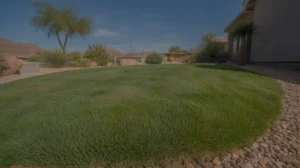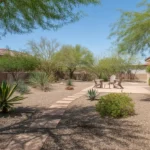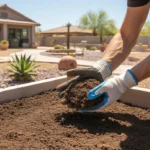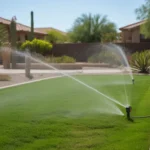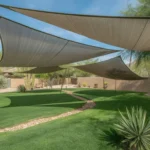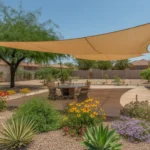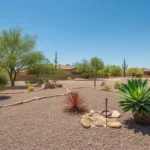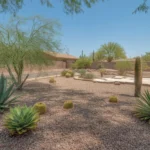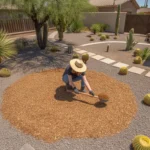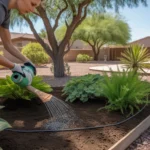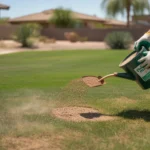When the scorching Arizona summer hits, keeping a lush Mesa lawn can feel like mission impossible. But with the right desert grass varieties, you can maintain a vibrant yard that thrives in triple-digit heat. Discover the top 8 resilient grasses perfectly suited for Mesa’s intense climate, plus pro tips to keep them healthy and water-wise all season.
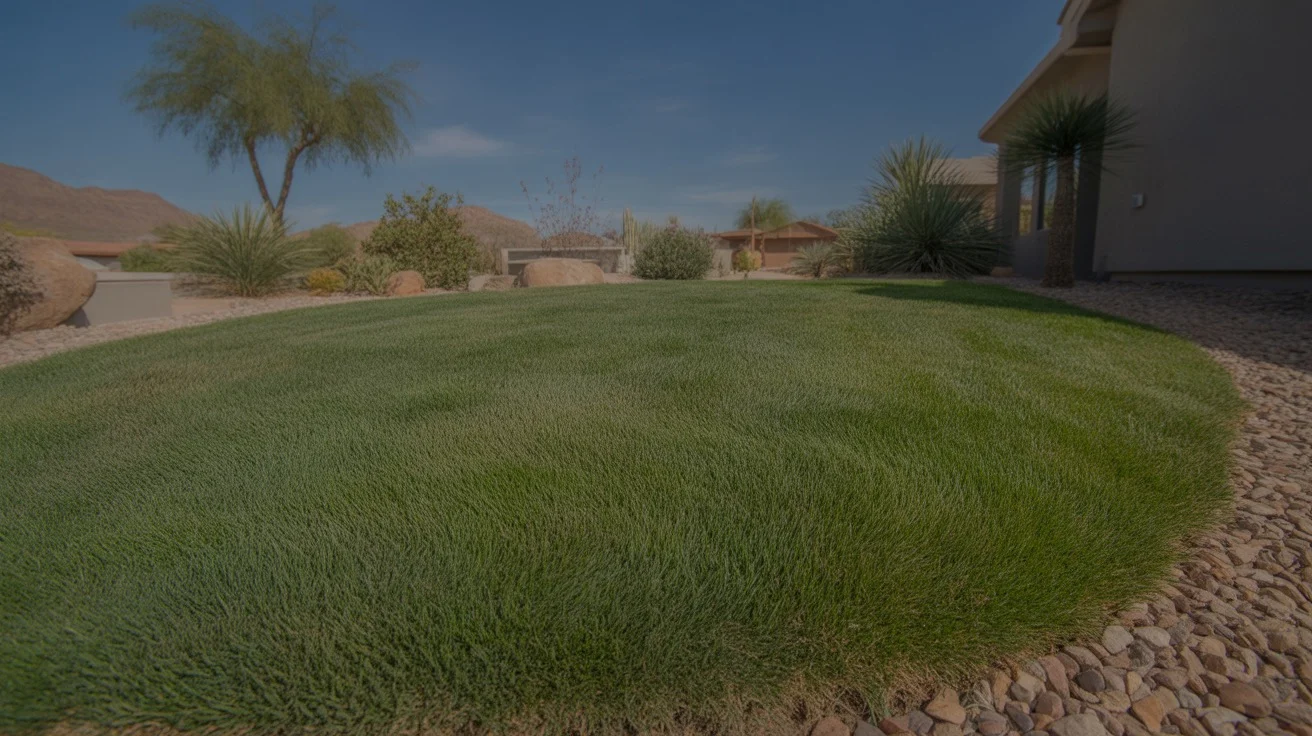
Bermudagrass: The Turfgrass Champion
If you’re looking for a tried-and-true desert grass, bermudagrass is hard to beat. This warm-season variety is a staple in Mesa yards thanks to its exceptional heat and drought tolerance. Bermudagrass forms a dense, fine-textured turf that stands up to heavy foot traffic, making it ideal for active families and pet owners.
To keep your bermudagrass thriving, mow it low (about 1 to 1.5 inches) and water deeply but infrequently. Aim for 1 to 1.25 inches of water per week, split into 2-3 waterings. Bermudagrass is a heavy feeder, so fertilize every 4-6 weeks during the growing season with a balanced, slow-release formula.
Zoysiagrass: Lush and Low Maintenance
For a luxuriously soft lawn that requires minimal upkeep, consider zoysiagrass. This warm-season grass grows slowly, meaning less mowing for you. Zoysia forms a thick, carpet-like turf that chokes out most weeds and resists diseases. It’s also quite drought tolerant once established, needing only about 1 inch of water per week.
Zoysia does well in both sun and partial shade, giving Mesa homeowners flexibility. However, it can be slow to green up in spring and may go dormant earlier in fall than other warm-season grasses. Mow zoysia at 1 to 2 inches and fertilize sparingly to prevent thatch buildup.
Seashore Paspalum: Saline Soil Superstar
Is your Mesa yard plagued by salty soil? Seashore paspalum to the rescue! This tough grass tolerates saline conditions that would leave other lawns parched and patchy. Paspalum forms an attractive, medium-textured turf with a rich green color. It’s also highly resistant to wear and tear.
Seashore paspalum requires about 20% less water than bermudagrass, making it a smart choice for water-conscious Mesa homeowners. It prefers full sun but tolerates some light shade. Mow paspalum at 1 to 1.5 inches and fertilize moderately during the growing season.
Buffalo Grass: Eco-Friendly and Effortless
For the ultimate low-maintenance lawn, give buffalo grass a try. This native prairie grass requires minimal water, fertilizer, and mowing. In fact, many Mesa homeowners find they only need to mow their buffalo grass a few times per year! The soft, blue-green blades form a low-growing turf that’s surprisingly durable.
Buffalo grass does best in full sun and well-draining soil. It greens up later than other warm-season grasses and may go dormant during extended droughts. But for an eco-friendly lawn that’s light on upkeep, buffalo grass is hard to top. Mow high (3 to 4 inches) and water deeply but very infrequently.
Blue Grama: Ornamental Desert Delight
Looking to add some visual interest to your Mesa lawn? Check out blue grama grass. This native bunch grass features attractive seed heads that resemble tiny brushes or combs. The fine, blue-green leaves form dense clumps that sway beautifully in the breeze.
Blue grama is exceptionally drought tolerant and low maintenance. It rarely needs supplemental irrigation once established and requires minimal fertilizer. This ornamental grass works well as a border planting or mixed with wildflowers for a natural look. Mow in early spring to remove old growth and enjoy the fresh flush of blades.
Alkali Sacaton: Saline Soil Stunner
Another native grass that thrives in Mesa’s challenging soils is alkali sacaton. As the name suggests, this bunchgrass tolerates highly alkaline and saline conditions. It forms upright clumps of fine-textured, grayish-green leaves that turn golden in fall.
Alkali sacaton provides excellent erosion control on slopes and embankments. It’s also a great choice for low-water landscapes or naturalistic plantings. This grass does best in full sun but tolerates light shade. Cut back old growth in early spring to maintain its neat appearance.
Hilaria Rigida: Rugged and Resilient
For a grass that laughs at heat, drought, and poor soil, look no further than hilaria rigida (also known as big galleta grass). This tough-as-nails bunchgrass features coarse, blue-green blades and attractive seed stalks. It forms dense clumps that can reach 2 to 3 feet tall.
Hilaria rigida requires very little water or maintenance once established. It’s an excellent choice for naturalistic desert gardens or as a low-growing groundcover. This grass provides valuable forage for wildlife and livestock. Trim old growth in early spring to keep it looking tidy.
Sand Dropseed: Versatile and Vigorous
Last but not least, sand dropseed is a reliable choice for Mesa lawns. This warm-season bunchgrass adapts to a wide range of soils and conditions. It features fine-textured, light green leaves and delicate seed heads that mature to a sandy brown color.
Sand dropseed is drought tolerant and quick to establish, making it a great choice for erosion control or revegetation projects. It can be used as a low-maintenance lawn, mixed with wildflowers, or planted as an ornamental specimen. Mow sand dropseed high (3 to 4 inches) or simply trim back old growth annually.
With these 8 resilient desert grasses, you can enjoy a lush, water-wise Mesa lawn that beats the heat. For more summer lawn care tips, check out our June Lawn Checklist for Gilbert Homeowners. And if pesky ant hills pop up, read Dealing with Ant Hills in Arizona Lawns for helpful advice.

